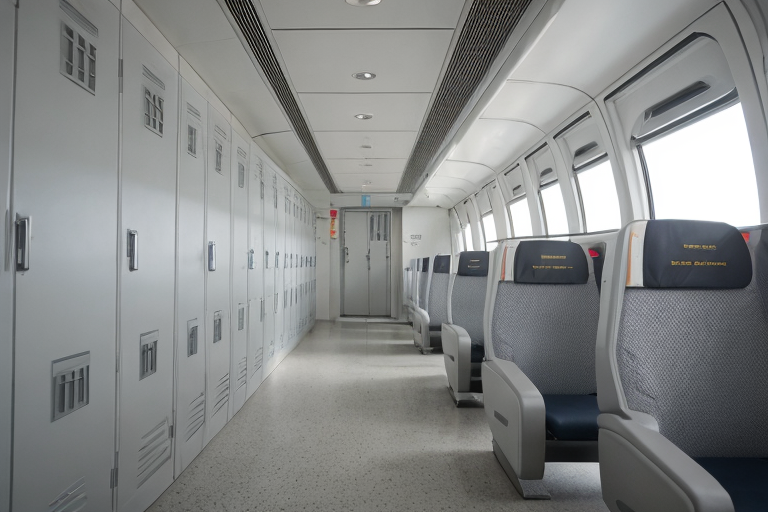The article discusses the growing interest in small modular reactors (SMRs) as a potential solution for reducing fossil fuel usage and combating climate change. The Akademik Lomonosov, Russia’s floating nuclear power plant that uses SMR technology, is currently docked near Alaska, while dozens of US submarines use similar SMRs to propel themselves underwater. While the global construction of traditional nuclear plants has declined following disasters like Chernobyl and Fukushima, a new wave of interest in nuclear energy seems to be emerging as people weigh up the benefits against risks such as radioactive waste storage. The US is attempting to sell SMR technology worldwide and believes that smaller-scale reactors can generate more electricity using less space than traditional plants while being easier to build and deliver on site, making them a potentially attractive option for countries seeking to cut their reliance on fossil fuels or Russian gas in particular. However, the high costs of building these technologies have proven challenging, with NuScale’s SMR design recently pulling out of an Idaho-based demonstration project due to nearly doubled expenses that would make it unable to generate power at a price people are willing to pay. The US is also facing competition from Russia and China in the global market for nuclear technology exports as they aim to expand their reach overseas, while European allies trust the Nuclear Regulatory Commission’s safety standards when considering SMR licensing due to its rigorous approach. However, it may take until the end of this decade before any significant impact from SMR technologies is felt in terms of reducing carbon pollution and combating climate change.
Small Modular Reactors Gain Ground as Clean Energy Alternative amid Nuclear Resurgence
•
Recent Posts
Advertisement
Advertisement example


Leave a Reply